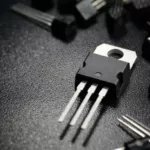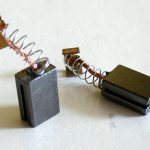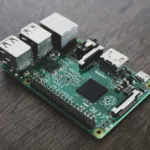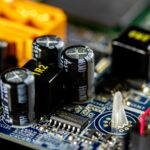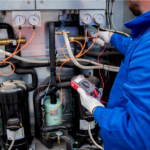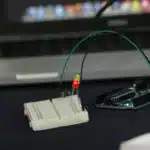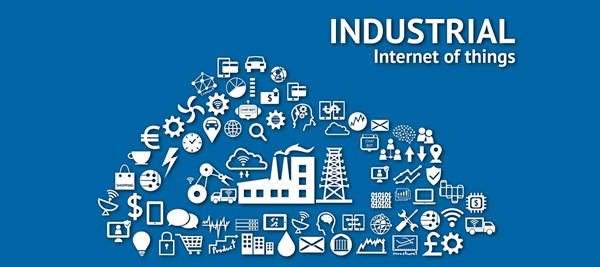
The Internet of Things
The Internet of Things is close to 16 years old. It was coined in the year 1999 by Kevin Ashton while working at Procter & Gamble. At the time, Ashton was working in Supply Chain Optimization and was seeking to attract the management’s attention toward RFID which was then an emerging technology. At the time, the internet was a hot new trend and hence it made sense to call the presentation “Internet of Things”. The term did not become widespread attention at least for the next decade.
IoT’s popularity gained traction in the summer of 2010. There was leaked information that Google StreetView service had made 360-degree pictures and stored a lot of data of users Wi-Fi networks. This triggered a serious debate whether this was the start of a new Google strategy to index the physical world as well as the internet. During the same year, China government announced it would make IoT a strategic priority for the following 5 years. This marked the beginning of what later turned out to be a season of exponential growth in popularity and adoption of IoT.
IoT and the Industrial sector
IoT was initially known for connecting gadgets like smart thermostats, voice-activated speakers in a bid to foster an increasingly connected home. However, it has proliferated into the industrial front under new technological layer called Industrial IoT. Industrial IoT is transforming industries for instance manufacturing, transportation, mining, and energy. This proliferation has been triggered by the fact that industrial IoT offers a more efficient, affordable and easy way to maintain processes.
Application of Industrial IoT
Industrial IoT can be used in numerous ways. Listed above are some of the common was IoT can be applied in the industry.
Facility management
IoT can be used to implement condition-based maintenance where sensors are used to monitor temperature, vibrations among other factors to could lead to less optimal operations. In this sense, IoT increases the effectiveness of facility management.
Inventory management
Implementation of IoT reduces the risk of inventory management errors. It enables effortless monitoring across the supply chain while offering companies a comprehensive view of the inventory. It also projects accurate estimates of the available materials and supplies hence preventing slowdowns.
Improved industrial safety
IoT combines effectively with the big data analysis. KPIs of health and safety can, therefore, be monitored constantly so as to ensure better workplace conditions.
Smart metering
Smart meters are able to monitor the consumption of resources like water, fuel, and electricity among others. IoT enables manufacturers to establish how much is consumed and for what reason. This effective management of resources significantly reduces operational expenditure.
The past and the future of Industrial IoT
According to Statista, IoT spending by industrial manufacturing was projected to be $472B in 2014. This figure is expected to grow up to $890B. The healthcare sector is also expected to increase from $520B to $1.335T in 2020. Industrial IoT is rapidly gaining acceptance among manufacturers. Coupled with the drastic drop in prices of sensors, industrial IoT is expected to be embraced in a big way in the future.








